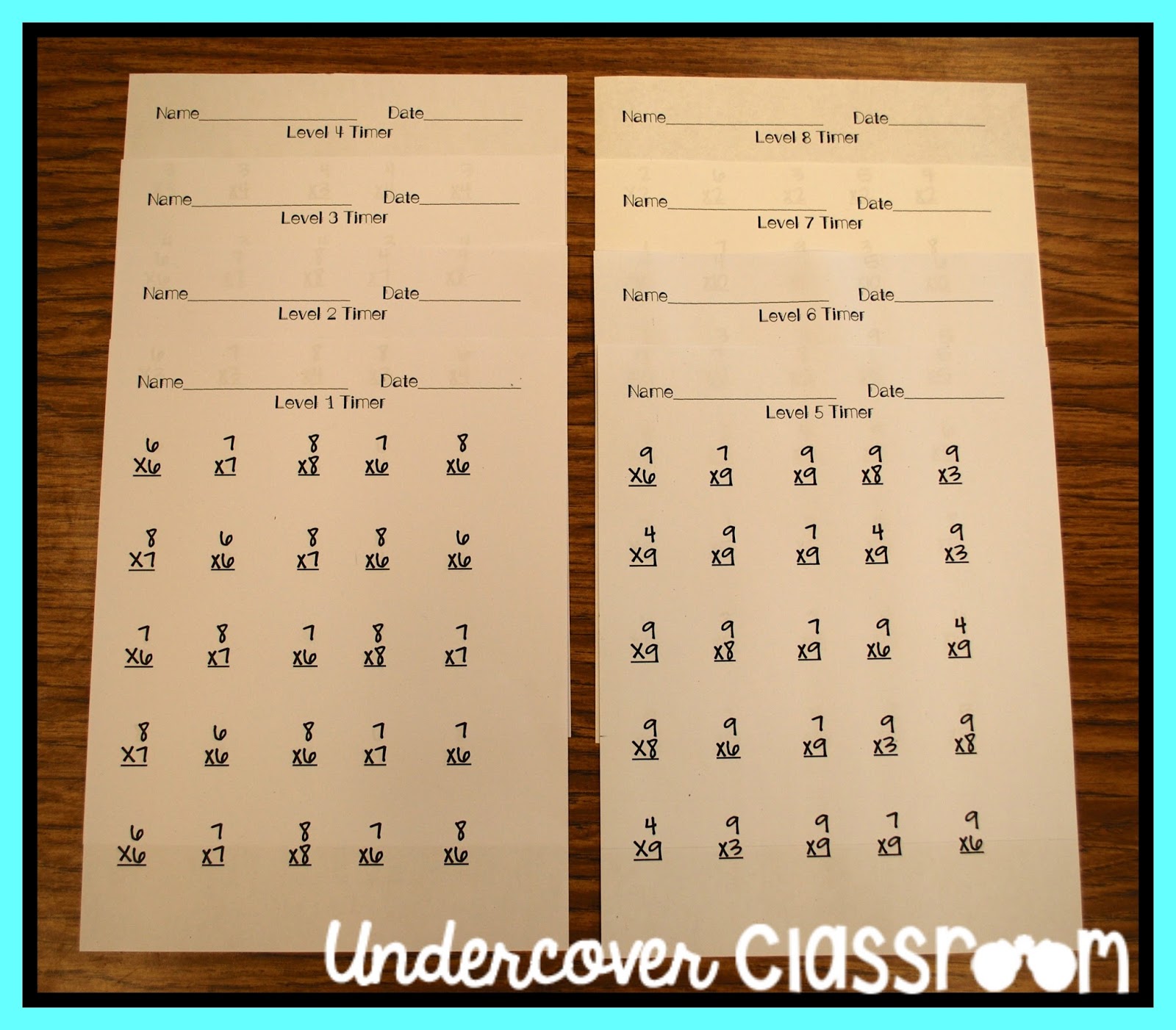

On the first day a center is introduced students are often focused on the rules, new materials, or ‘how to do’ the task. This repetition of the same task plays a crucial role in the success of these centers. Students work on math fluency centers in partnerships for 20 minutes 2-3 days a week, often repeating the same center for 5-6 sessions. Students are placed in partnerships according to the stage they are at on the continuum for the selected strand and center activities are chosen accordingly. Based on the class data the teacher then selects a beginning focus area from the strands assessed for Number in K-2 (Counting, Numeration, Addition and Subtraction) or the Grades 3-5 strands (Addition and Subtraction, Multiplication, Division and Decimals). How Do Math Fluency Centers Work?Īfter completion of the assessment interview (K-2), or pencil and paper Screeners (Gr.3-5), the teacher interprets the findings and identifies each student's stage of learning for each area assessed. Conducted as pencil and paper assessments, this research-based tool allows teachers to establish a baseline for each student and target areas of computational fluency in which students may need additional support. In Grades 3-5, Computational Fluency Screeners and Skills Based Centers (K-5MTR, 2014) are used to assess computational fluency, monitor progress, and plan instruction.
Fluency timer pro manual#
The updated manual includes an alignment of each interview question with the CCLS-M content standards and an extension of some questions to meet full alignment with the standards. Conducted as a one-on-one interview, during which the child performs small mathematical tasks, and explains his/her thinking, ECAM provides a comprehensive assessment tool. In Grades K-2 many of our partner schools use the Early Childhood Assessment in Mathematics (Board of Education of the City of New York, 2001 State Education Department). The math fluency centers on our website were developed out of a need to support teachers in effectively using ECAM (Grades K-2) and Screener (Grades 3-5) data to differentiate instruction, with the primary goal of improving all students' number sense.


 0 kommentar(er)
0 kommentar(er)
